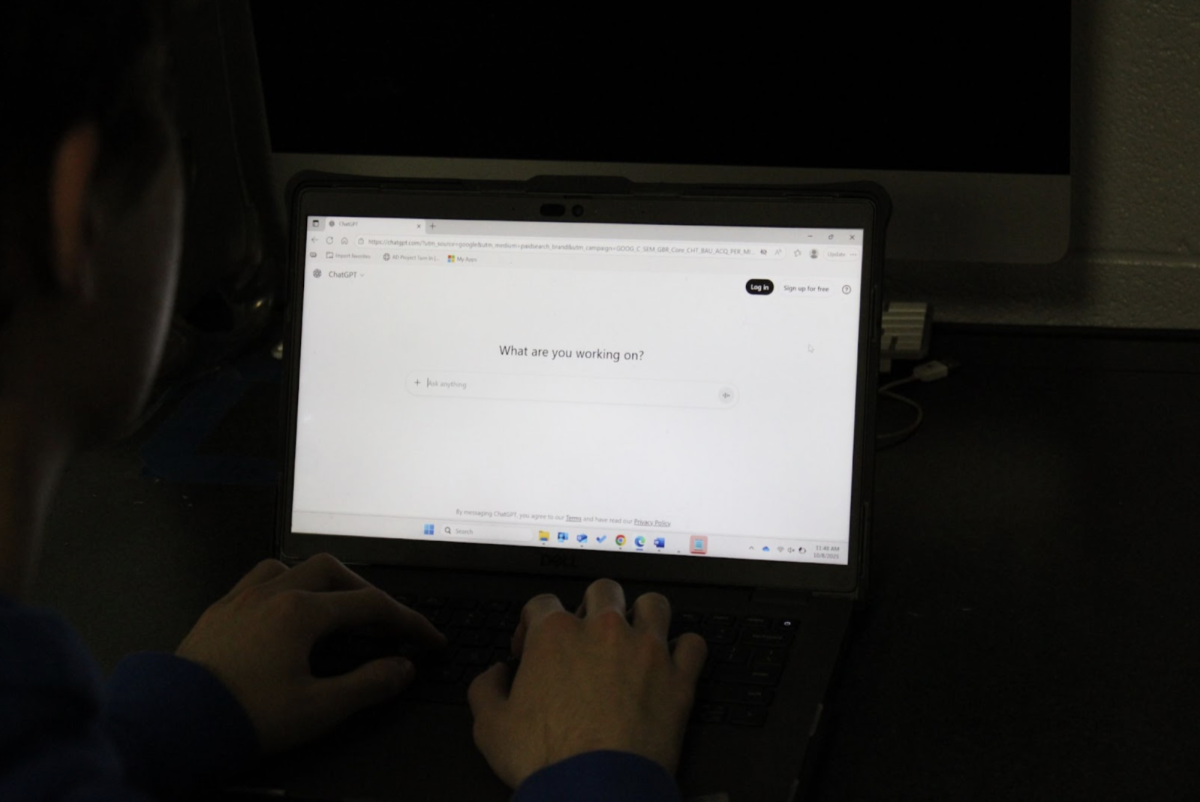FBISD plans to introduce Teacher Allotment Incentive or TIA, a new merit pay system based on student performance. To do this, the district will use the Measurement of Academic Progress, or MAP tests. Merit pay was popularized in Texas in the 2010s with the introduction of District Awards for Teacher Excellence. The TIA is funded by the state of Texas and will lead to teacher pay raises.
This system of merit pay, while seemingly like a good idea, should be changed to reward teacher’s pay based on other metrics.
One issue with merit pay is the use of ‘student growth’. This student growth is based on the MAP test progression throughout the year. While this could seem like a good idea, due to how MAP tests are run, it may encourage teachers to make artificial growth for the students, such as not explaining the use or purpose of the test until the end of the year to stimulate growth.
Another issue with ‘student growth’ is that if a group of students is already proficient in a subject and the MAP test system fails to challenge them properly. This could lead to students being shown to have an overall high score and as such, lacking any growth. This means that teachers who already have high-performing students will be at a disadvantage to those who have less high-performing students. For example, students in AAC English or Math classes taking these tests will likely have an easy time with these tests as the tests are based around the non-AAC variations of these courses. This leads to AAC teachers not having an increase in pay as they have no way to show they help with student growth.
Some may say that merit pay will attract good teachers to schools in less educated areas and incentivize teaching in these areas. While this seems to be a good idea, this is not entirely the case. Due to the growth metric used, students may not actually be learning more from these systems but rather be taught more strictly what is on these academic tests. While this is not entirely bad, it limits teacher freedom and may promote teachers that follow the curriculum rather than teachers that are able to better reach and educate students.
Not only that, most students taking the test have little interest in it or find it to not be helpful. Around 60% of students polled say they do not try on their MAP tests while only around 40% of students do try. However, even if these students who do not try were somehow taken out of account when deciding pay raises for teachers there would still be other problems. Almost 95% of students polled feel that the MAP test does not properly measure their learning as students. This alone shows how these tests are deeply flawed; some students believe that scores are more effort dependent rather than knowledge dependent. Around 70% of polled students don’t feel adequately challenged, with some saying that they are tested on things not taught by the curriculum.
Overall, the metrics used under TIA, the use of the disliked and flawed MAP tests, and the misguided ideas the policy is based on, may lead to more harm for teachers and student learning than good done for it.








